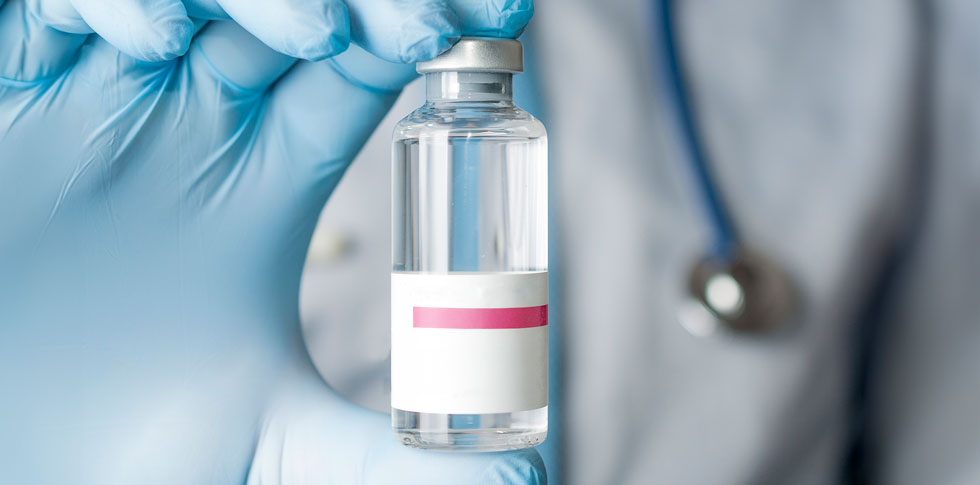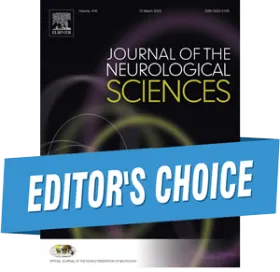Factor XI inhibitors – Rising stars in anti-thrombotic therapy?
20 Sep 2024

Authors: Christian H. Nolte
Editor's Choice
Journal of the Neurological Sciences. REVIEW ARTICLE| VOLUME 464, 123157, September 15, 2024
DOI: https://doi.org/10.1016/j.jns.2024.123157
Highlights
- Monoclonal antibodies (mAbs).
- So-called synthetic, small molecules.
- Antisense oligonucleotides (ASOs).
The “holy grail” of preventing and treating thrombosis and thromboembolism would be a drug that was highly effective (preventing clots) and at the same time had a low risk of bleeding. From a hemostasiological perspective, the inhibition of factor XI represents a promising target because a reduced level of factor XI protects against thrombosis without significantly increasing the risk of spontaneous bleeding.
Currently, three different classes of drugs of factor XI-inhibition are tested. These are (1) monoclonal antibodies (mAbs), (2) so-called synthetic, small molecules and (3) antisense oligonucleotides (ASOs). This article provides a narrative overview of the current status of studies on all three classes of drugs.
Tests with mAbs have been conducted primarily in DVT prevention after knee replacement surgery. One large phase 3 study is testing the mAbs Abelacimab in patients with atrial fibrillation. The synthetic, small molecules Asundexian and Milvexian are tested in several phase 3 trials, mainly in patients with non-cardioembolic ischemic stroke. Results can be expected in the coming years. Clinical testing of ASOs to inhibit factor XI are still in their infancies.
Web design by Tribal Systems








